- Home
- Machining techniques
- CNC Machining Services
- Cooperative supply services
- Designs
- Materials
- Finishing Services
- Shop
- Products
- Guide
- About Us
- Contact Us
2023.2.28
Clear plastic parts made from various types of plastic resins, such as acrylic, polycarbonate, ABS, or PE, can be used for a wide range of applications, including viewscreens, light pipes, cases, covers, and other household items that require some level of transparency. However, even though these plastic resins are designed to be clear, they may have surface imperfections or roughness that can affect their optical properties and clarity. So we need to find an additional surface finishing process to improve the surface finish of these clear plastic parts, and that’s where vapor polishing comes in.
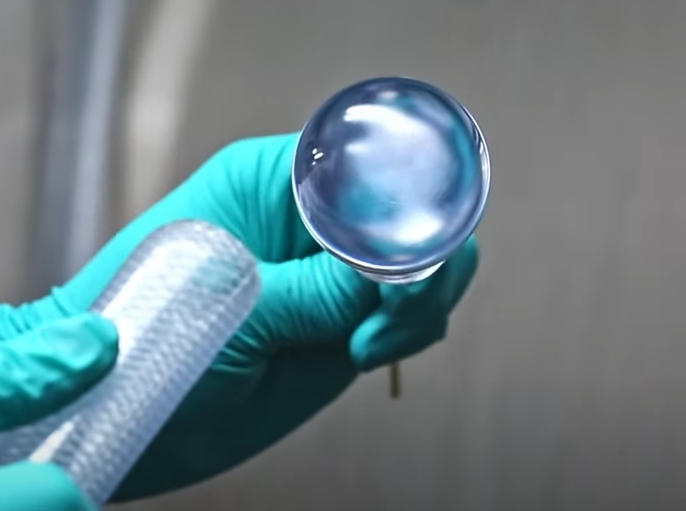
Vapor polishing is a method for smoothing out certain kinds of plastic resin material at the microscopic level. It’s done by using the volatile gas of Weldon 4 solvent, which is highly reactive with the surface chemistry of clear plastics like acrylic and polycarbonate.
How does it work?
It’s essential that you have an environmentally controlled and sealed workspace. This is not a process that can be applied haphazardly. Anyone using Weldon 4 solvent must be wearing the proper positive-air-pressure respirators at the bare minimum. In a controlled workspace, Weldon 4 solvent is first heated to the boiling point. The resulting solvent vapors are then sprayed across the workpiece. This causes the resin to dissolve at the surface, filling in minute scratches and voids. Basically the material flows and smooths out, but quickly dries and solidifies once the vapor is removed. To get the most out of the process, the workpiece should normally be prepared in advance, using fine hand sanding or machine polishing to remove any major surface roughness or irregularities.
One of the great advantages of vapor polishing is that it can reach down into areas that human fingers cannot, so even recessed features can be vapor polished and their surfaces greatly improved. When done correctly, using the right procedures and equipment, vapor polishing poses no harm to the environment. In our facility all vapors are pulled through a three-stage carbon filter so no contamination or fumes are released to the atmosphere. Vapor polishing is a fast process with a very short lead time. Once the vapor is applied, the target piece is noticeably clearer within a few seconds. Longer exposure to a given area is not necessary, so even large pieces can be finished in minutes. The surface film solidifies immediately and is ready for use.
Vapor polishing works with polycarbonate, acrylic, ABS, PEI and polysulfone plastic. It can be very cost-effective, especially for complex shapes that might be impossible to polish by hand or would be very time-consuming.
– Vapor polishing for polycarbonate: To vapor polish polycarbonate parts, the part is placed in a sealed container with a small amount of solvent, such as acetone or MEK (methyl ethyl ketone). The solvent vaporizes and condenses on the surface of the part, melting the surface slightly. The solvent then evaporates, leaving behind a smoother surface finish. This process can be repeated several times to achieve the desired level of surface smoothness and clarity.
– Vapor polishing for ABS: Vapor polishing can be used to smooth out the surface of ABS parts, resulting in a glossy, smooth finish. The process involves exposing the part to a vapor of solvent, such as acetone, which causes the surface of the part to melt slightly, reflow, and solidify with a smoother finish. The amount of time required for vapor polishing will depend on the size of the part, the concentration of solvent, and other factors.
– Vapor polishing for acrylic: To vapor polish acrylic parts, the part is placed in a sealed container with a small amount of solvent, such as chloroform or dichloromethane. The solvent vaporizes and condenses on the surface of the part, melting the surface slightly. The solvent then evaporates, leaving behind a smoother surface finish. This process can be repeated several times to achieve the desired level of surface smoothness and clarity.
– Vapor polishing for nylon: To vapor polish nylon parts, the part is placed in a sealed container with a small amount of solvent, such as ethylene dichloride, acetone, or methyl ethyl ketone (MEK). The solvent vaporizes and condenses on the surface of the part, melting the surface slightly. The solvent then evaporates, leaving behind a smoother surface finish. This process can be repeated several times to achieve the desired level of surface smoothness.
Hope you’ve found this information useful. And if you want to learn more, please check out CNCLATHING guide where we explore manufacturing processes in greater detail.
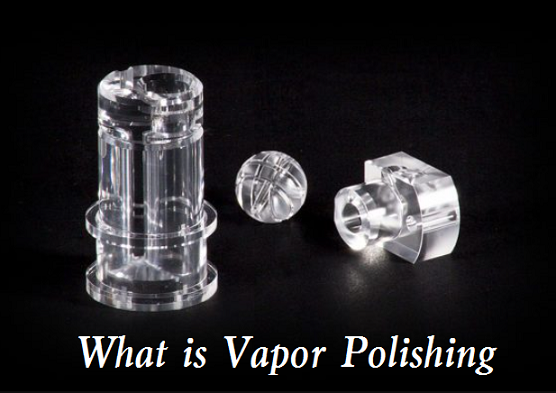 What is Vapor Polishing – Vapor Polishing Materials and Industries
What is Vapor Polishing – Vapor Polishing Materials and Industries
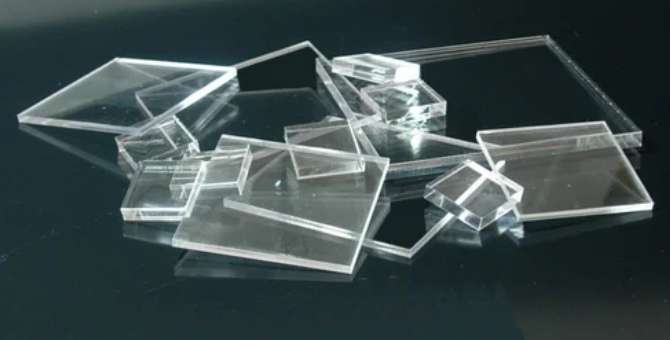 Guide to Acrylic Machining: Material Properties, Process, Tool Selection, Finishing and Tips
Guide to Acrylic Machining: Material Properties, Process, Tool Selection, Finishing and Tips
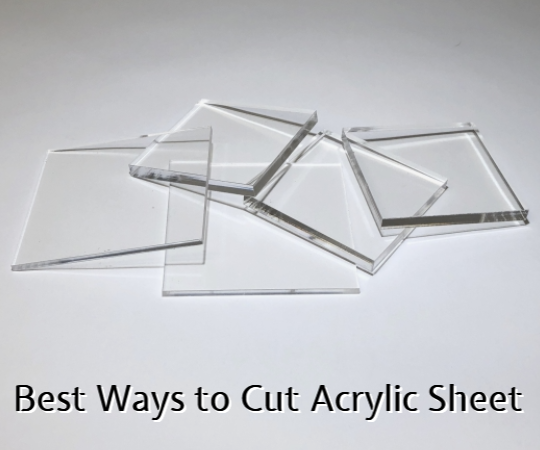 How to Cut Acrylic (Plexiglass) Sheet Without Cracking | Best Way to Cut Acrylic Sheet
How to Cut Acrylic (Plexiglass) Sheet Without Cracking | Best Way to Cut Acrylic Sheet
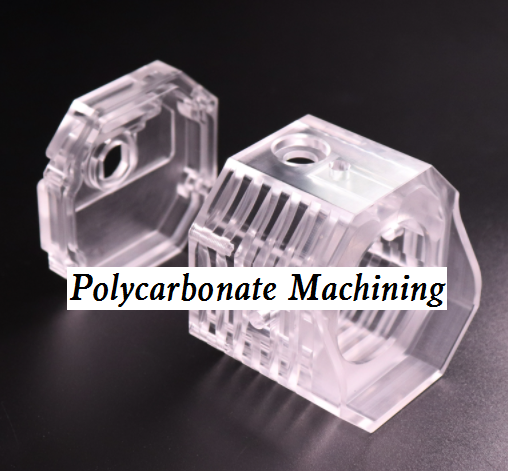 Polycarbonate/PC Machining Tolerances & Tips – Best Tools for Cutting Polycarbonate
Polycarbonate/PC Machining Tolerances & Tips – Best Tools for Cutting Polycarbonate
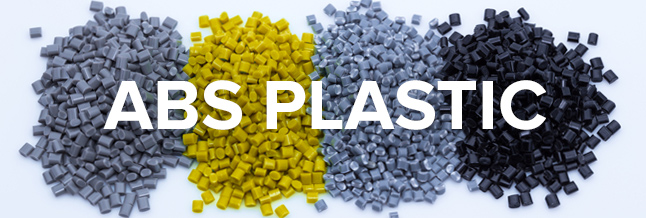 Plastics In CNC Machining: ABS, POM, Teflon & Polycarbonate
Plastics In CNC Machining: ABS, POM, Teflon & Polycarbonate
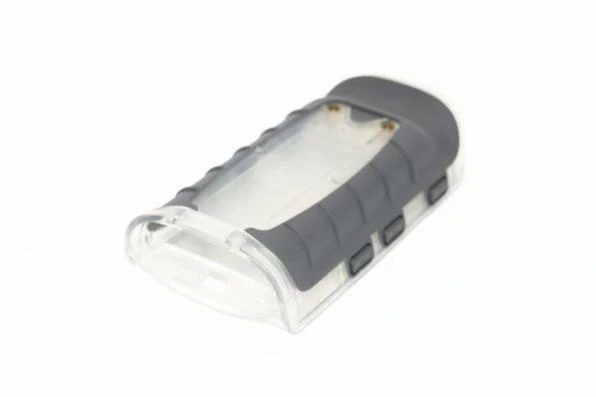 Surface Strengthening Technology Of Injection Molded Parts | CNCLATHING
Surface Strengthening Technology Of Injection Molded Parts | CNCLATHING
